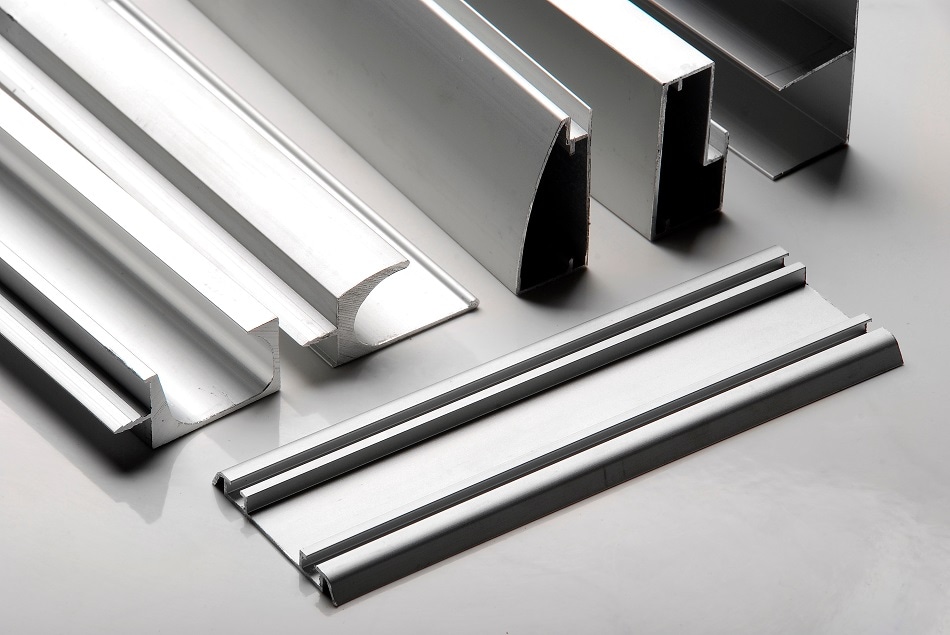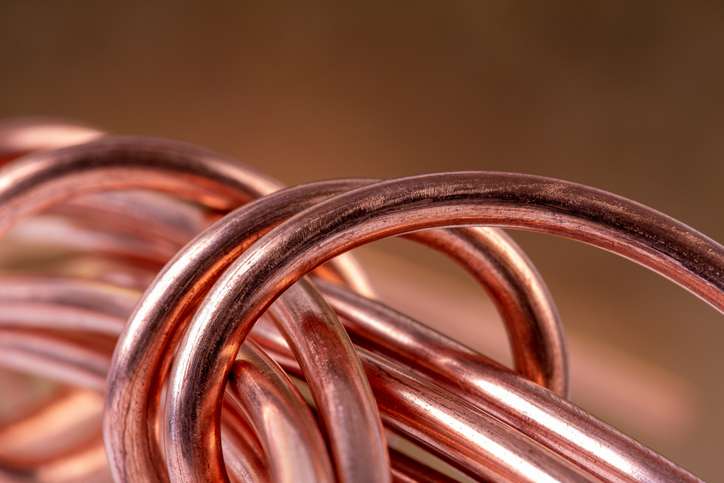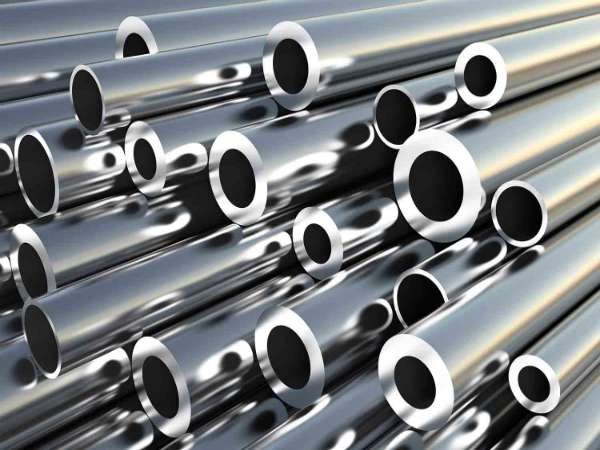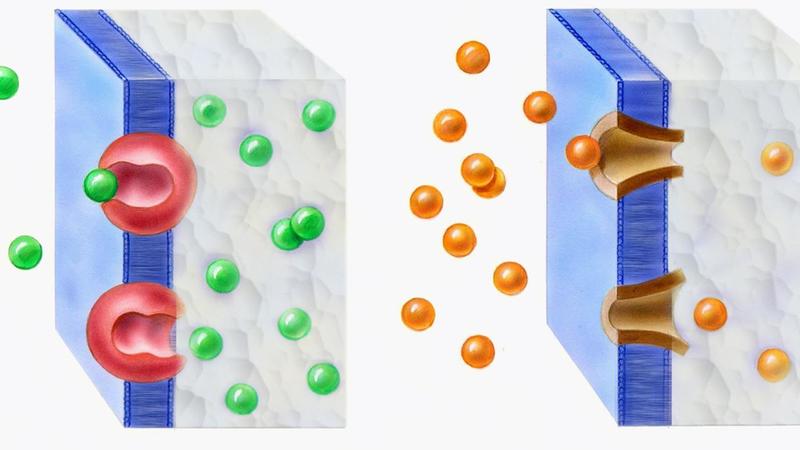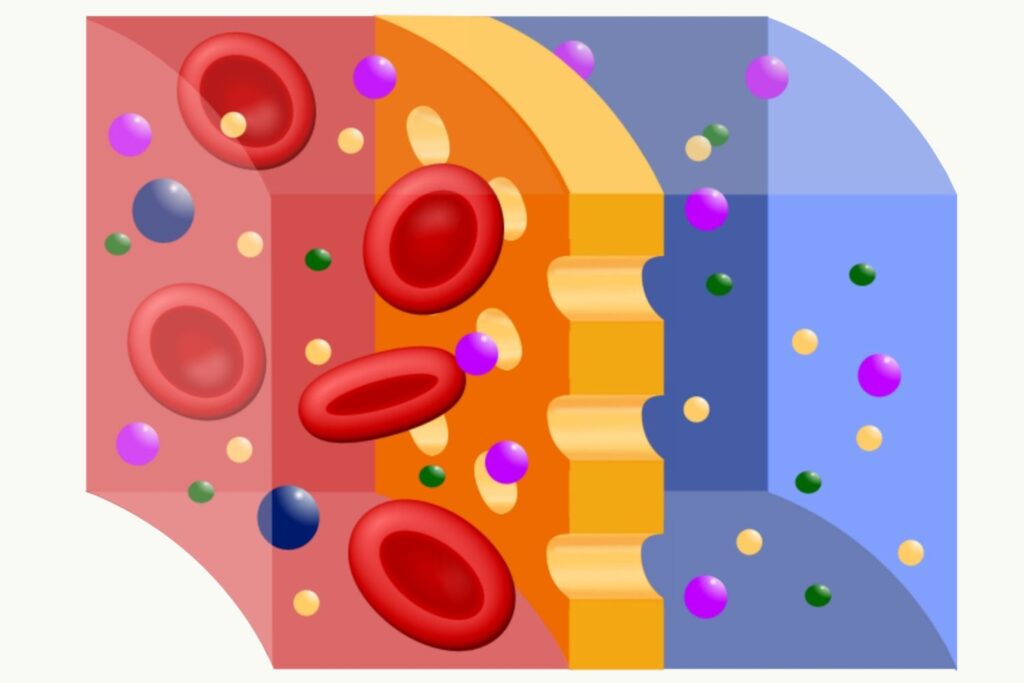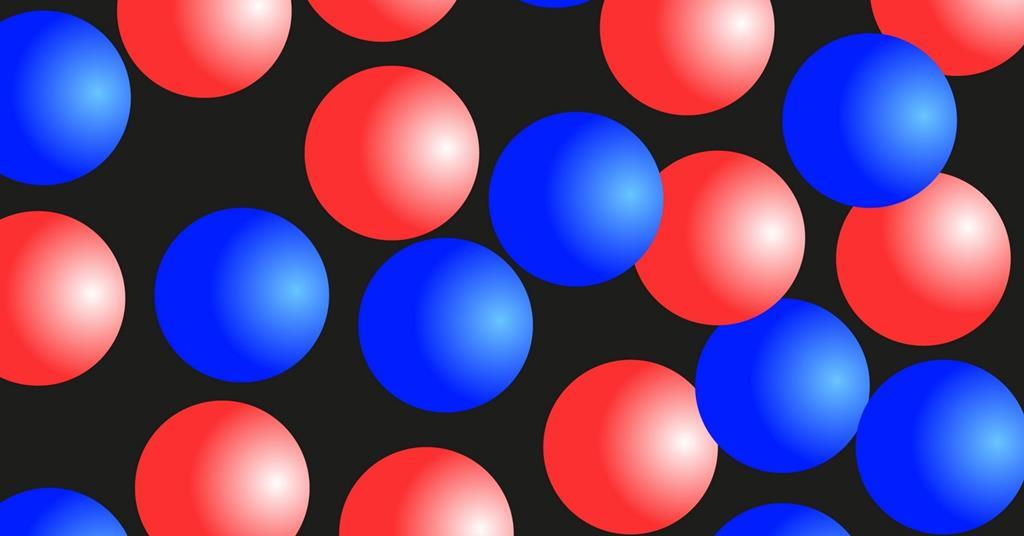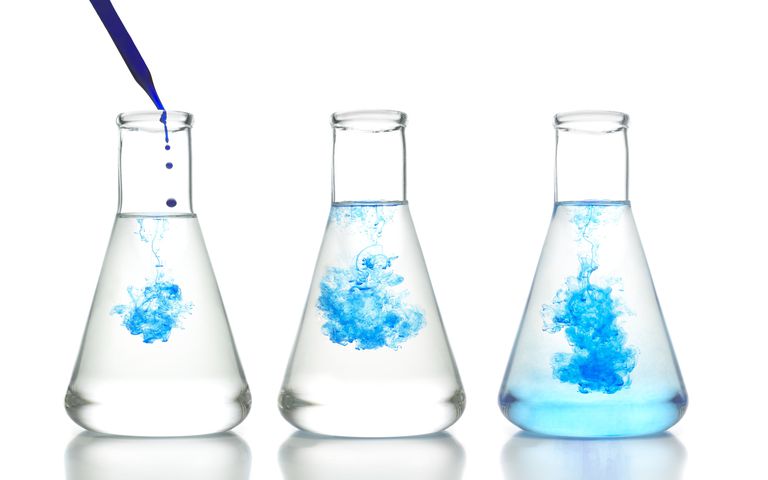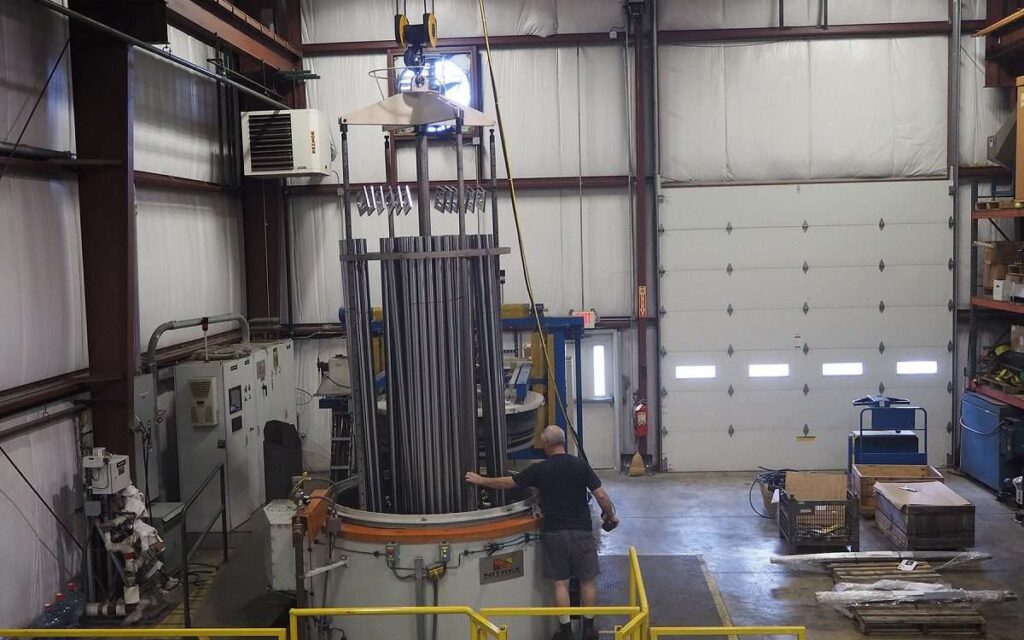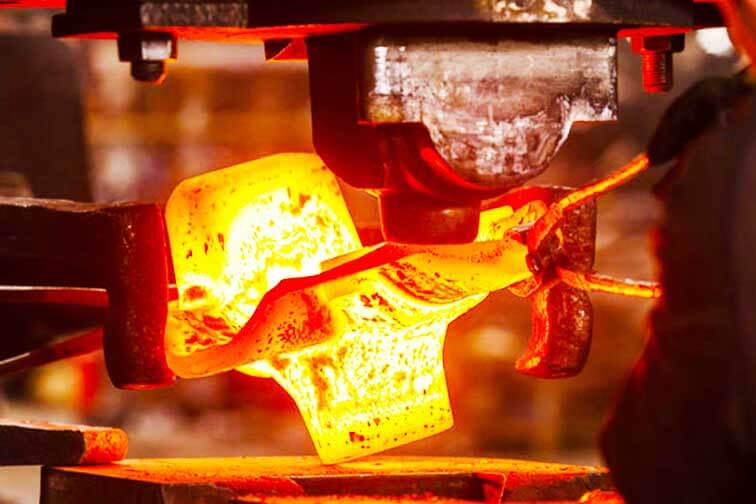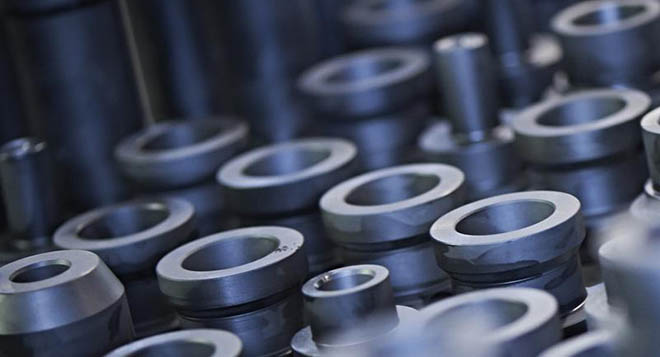Posted inMaterial Science
Aluminum
• Aluminum is a light metal & easily machinable; has wide variety of surface finishes; good electrical and thermal conductivities; highly reflective to heat and light. • Versatile metal - can be cast, rolled, stamped, drawn, spun, roll-formed, hammered, extruded and forged into many shapes. • Aluminum can be riveted, welded, brazed, or resin bonded. • Corrosion resistant - no protective coating needed, however it is often anodized to improve surface finish, appearance. • Al and its alloys - high strength-to-weight ratio (high specific strength) owing to low density.…
